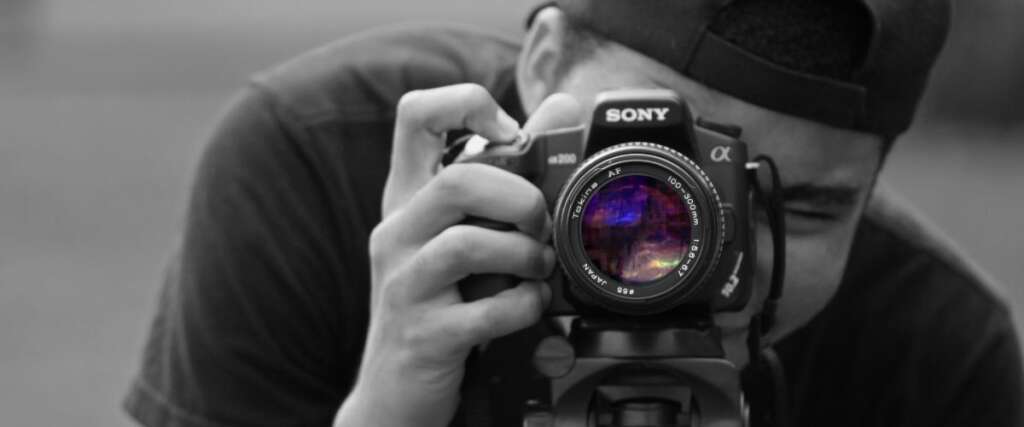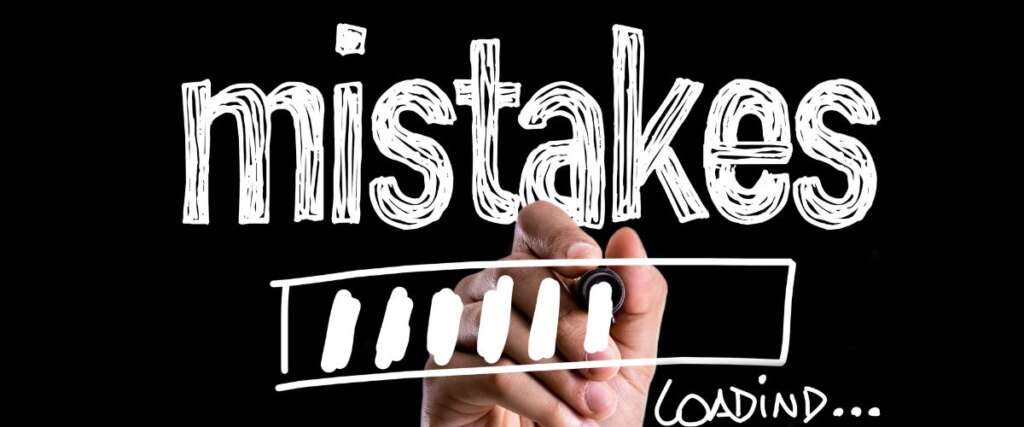Leverage the Power of Color to Create an Emotionally Engaging Brand and Strengthen Your Connection with Customers
Introduction
Color psychology is a crucial aspect of branding, as colors have the ability to elicit emotions, shape perceptions, and contribute to a memorable brand experience. Selecting the appropriate colors for your brand can foster a connection with your target audience, communicate your brand’s personality, and set you apart from competitors. In this comprehensive guide, we’ll delve into the nuances of color psychology and offer tips on how to effectively incorporate colors into your branding strategy.
I. The Fundamentals of Color Psychology
Color psychology is the study of the impact of colors on human emotions, behavior, and decision-making. In the realm of branding, color psychology is employed to create a visual identity that elicits specific emotions or perceptions in alignment with a brand’s values, personality, and objectives.
II. An In-Depth Look at Color Meanings
- Red: A powerful color signifying passion, excitement, and urgency. Red can create a sense of energy, draw attention, or stimulate appetite. Commonly used by food and beverage brands, as well as brands targeting impulse buyers.
- Blue: A color symbolizing trust, reliability, and stability. Blue is frequently used in corporate branding to convey professionalism and dependability. Ideal for brands seeking to evoke feelings of trust and security, such as banks or technology companies.
- Green: A color often connected to nature, growth, and health. Green can convey feelings of calm, freshness, and environmental awareness. Suitable for brands in the wellness, eco-friendly, and organic industries.
- Yellow: A vibrant color representing happiness, optimism, and warmth. Yellow can be used to foster a sense of cheerfulness and stimulate creativity. Best for brands aiming to project a positive, energetic, and youthful image.
- Orange: A color that combines the energy of red and the happiness of yellow. Orange symbolizes enthusiasm, friendliness, and confidence. Ideal for brands that want to convey approachability and excitement.
- Purple: A color associated with luxury, creativity, and spirituality. Purple can communicate sophistication, elegance, and mystery. Often used by high-end, creative, or spiritual brands.
- Pink: A color that evokes feelings of compassion, nurturing, and love. Pink is often associated with femininity and can be used to create a sense of warmth, comfort, and softness. Suitable for brands targeting a predominantly female audience or conveying a gentle and caring image.
- Brown: A color that represents earthiness, stability, and reliability. Brown can convey a sense of warmth, comfort, and ruggedness. Often used by outdoor and natural brands, as well as brands aiming for a traditional or nostalgic appeal.
- Gray: A neutral color that communicates balance, professionalism, and sophistication. Gray can be used to create a sense of calm, stability, and modernity. Ideal for brands that want to project a sleek, contemporary, and minimalist image.
- Black: A color that signifies power, elegance, and authority. Black can evoke feelings of sophistication, luxury, and exclusivity. Often used by high-end, fashion, and technology brands.
- White: A color symbolizing purity, cleanliness, and simplicity. White can be used to create a sense of space, freshness, and minimalism. Ideal for brands aiming to convey a clean, modern, and sophisticated image.
III. Choosing Colors for Your Brand: A Step-by-Step Process
- Define your brand’s personality: Identify the emotions and traits you want your brand to embody, and select colors that align with these attributes.
- Research your target audience: Study your target demographic’s preferences and cultural associations with colors to ensure your chosen palette resonates with them.
- Analyze your competitors: Examine the color schemes used by your competitors and select colors that help differentiate your brand while still fitting within your industry’s visual landscape.
- Test different color combinations: Experiment with various color combinations to determine which palette best represents your brand’s personality and appeals to your target audience.
- Create a cohesive color scheme: Develop a consistent color palette that can be applied across all your brand’s touchpoints, including your logo, website, packaging, and marketing materials.
IV. Best Practices for Incorporating Color in Your Branding
- Use color to guide user experience: Strategically apply color in your website design and marketing materials to guide users’ attention, evoke emotions, and encourage specific actions.
- Leverage color contrasts: Use contrasting colors to highlight important elements, create visual interest, and improve readability.
- Consider color accessibility: Ensure your color choices are accessible to individuals with color vision deficiencies by testing your palette with accessibility tools and adhering to accessibility guidelines.
- Test and optimize your color choices: Conduct A/B testing to evaluate the impact of different color choices on user engagement, conversion rates, and brand perception. Continuously optimize your color scheme based on data-driven insights.
V. Case Studies: Successful Brands Harnessing Color Psychology
- McDonald’s: The use of the color red in McDonald’s branding is no coincidence. Red is a color that is known to stimulate appetite and create a sense of urgency, making it the perfect choice for a fast-food chain. The bright red color also helps McDonald’s stand out in a sea of fast-food competitors.
- Amazon: The use of the color yellow in Amazon’s logo communicates warmth, friendliness, and optimism. The smile-shaped arrow underneath the logo also creates a subtle feeling of excitement and anticipation, encouraging users to shop and explore the vast selection of products on the website.
- Airbnb: The use of the color pink in Airbnb’s branding is a nod to the company’s original logo, which featured a simple pink bubble. The color pink evokes feelings of compassion, nurturing, and love, reflecting Airbnb’s emphasis on creating a sense of community and connection among travelers.
- Coca-Cola vs. Pepsi: The use of red by Coca-Cola and blue by Pepsi is no accident. Red is a color that is associated with excitement and energy, while blue is often used to convey trust and reliability. Both companies have successfully utilized these colors to create distinct brand identities and connect with their target audiences.
- FedEx: The use of the color purple in FedEx’s branding is a subtle nod to the company’s history. The original FedEx logo featured a purple and orange color scheme, which represented the company’s merger between Federal Express and Caliber System Inc. The color purple is also associated with creativity and innovation, fitting with FedEx’s emphasis on providing cutting-edge shipping solutions.
- Target: The use of the color red in Target’s branding communicates excitement, energy, and urgency, while the color white evokes feelings of cleanliness, simplicity, and minimalism. The combination of these colors creates a sense of fun, playful sophistication that resonates with Target’s target demographic.
- Nike: The use of the color black in Nike’s branding communicates power, elegance, and authority, while the iconic swoosh logo creates a feeling of motion and forward movement. Nike’s branding effectively communicates a sense of strength and ambition, inspiring consumers to push themselves to achieve their goals.
Conclusion
Understanding color psychology and effectively applying it to your branding strategy can significantly enhance your brand’s emotional appeal and memorability. By defining your brand’s personality, researching your target audience, analyzing your competitors, testing different color combinations, and following best practices, you can harness the power of color to create a strong connection with your audience and set your brand apart in a competitive market.




